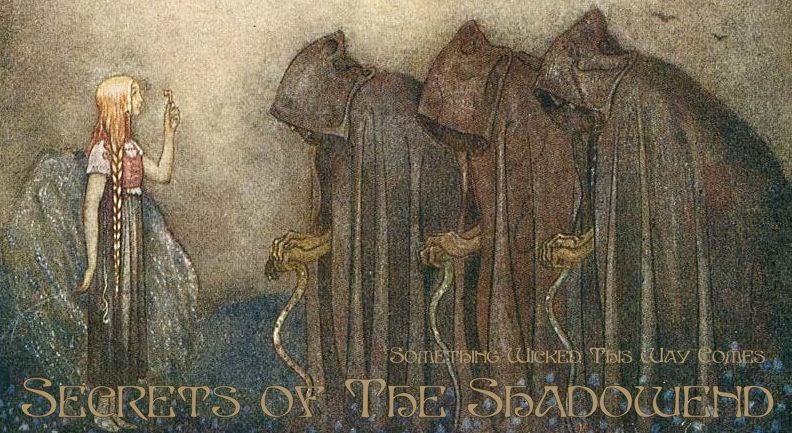I've been going through my image archive (I think I'm getting enough material to say that without sarcasm), and a recent comment on this blog made me think about how Loki is depicted in art, specifically art from the late 1800's and early 1900's (which is when most of my material is from).
This image, by Arthur Rackham, is how a lot of us think of Loki:
He's positively fiendish. You can see the connection between this and Tom Hiddleston's lean, clean, almost effeminate look. Rackham uses the cultural symbolism of the devil to make Loki's nature clear to the reader. Loki looks evil.
I prefer Elmer Boyd Smith's approach. This is Idunn being carried off by Thiazi, Skadi's father. Loki lures her outside of Asgard so Thiazi can capture her.
And this. At Loki's suggestion, Thor is being dressed up as a bride to trick the giants. Loki is peering out from behind the curtain (there's probably intimations of Loki being a peeping tom/pervert in this, as he's looking into the women's realm, not to mention the more literal interpretation of witnessing Thor's cross-dressing, which Thor would clearly rather remain secretive about.The goddess on the right is Frigga; Freyja is on the left, with the cats. )
Loki is kinda hefty, with a beard and a receding hairline. He looks like a Viking, not an elf-sprite. He looks like Shakespeare. It's a hard left turn from Rackham's diabolical depiction. Not the sort of person you expect to bring about Ragnarok and the destruction of the gods, but that's what makes it interesting. No one is surprised that Rackham's Loki is the father of Hel, Fenris, and the Midgard Serpent, but this guy? This guy is the villain?
Therein lies a tale.




No comments:
Post a Comment